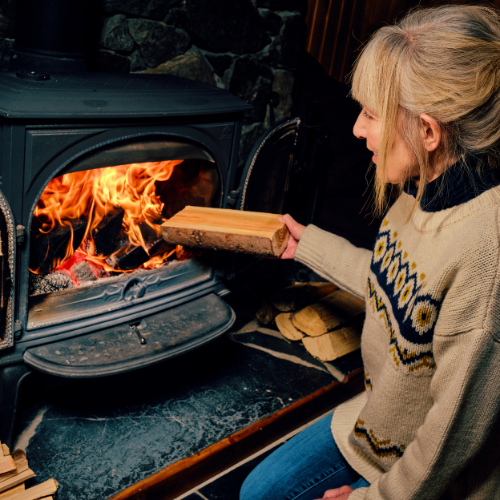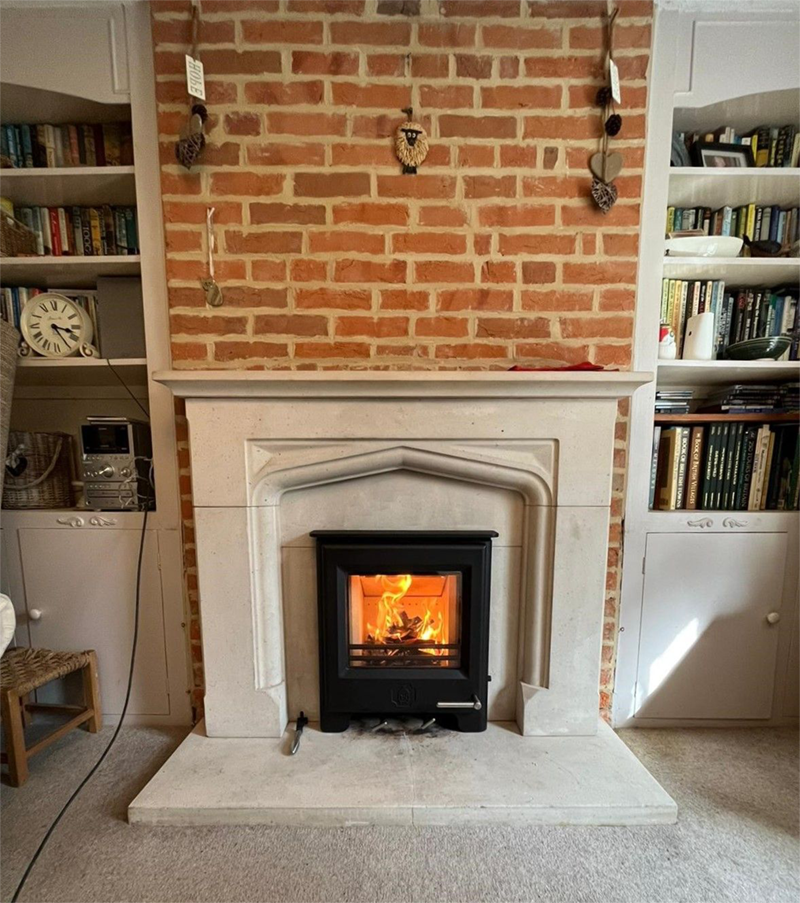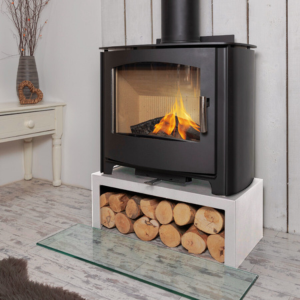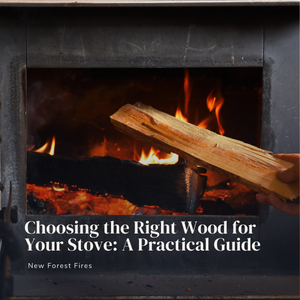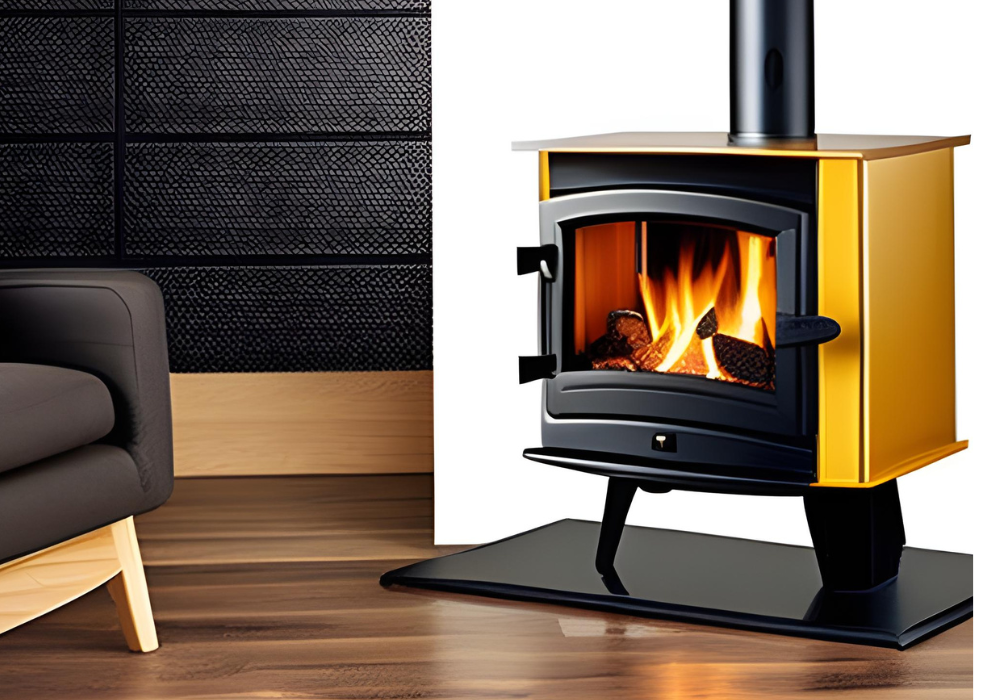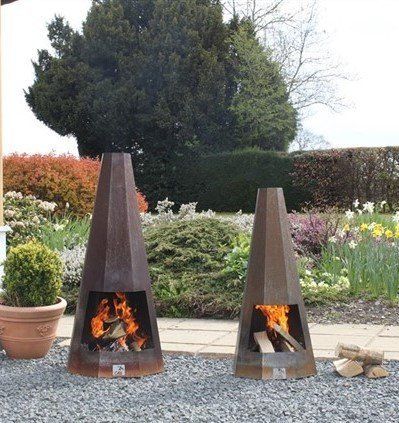Opening Times: Tues - Fri 8:30 am - 4:30 pm / Sat 9 am - 4:30 pm / Sun Closed.
What you need to know about replacing parts on a woodburner for practical maintenance.
A guide to the stove parts you can replace yourself

This blog post is intended as an introduction for a four-part series, which will appear over the next few weeks, drilling down into the aspects of intermittent stove repair and maintenance that the practical stove owner can do for herself.
Stoves rarely have a set maintenance schedule such as you might have with a car, where the oil or brake pads might need to be changed after a certain amount of time or number of miles. However, there are a number of stove parts – usually designated ‘consumables’ – that the manufacturer has anticipated will need replacing from time to time. These parts are not usually covered by the stove guarantee (with some notable exceptions).
Historically, stove design has been geared towards the autonomy of the competent user, though as stoves have become more complicated, maintenance has sometimes become correspondingly demanding. This varies brand to brand, but there are very few stove manufacturers that seem to be deliberately pursuing a service-forward strategy that would aim to lock you out of routine maintenance in lieu of billable visits by technical professionals. Our observation would be that such an approach would go against the general self-sufficiency ethos of the industry. The cynic might also observe that there’s simply not enough money in it to encourage, in the stove world, that level of corporate grift, which has unfortunately become such a mainstay of consumer culture, but that won't put some people off trying.
For the purposes of the coming posts, we’re expressly not discussing chimney-sweeping, maintenance of flues or stove bodies, nor the day-to-day aspects of stove maintenance and cleaning, just the replacement of internal parts that are likely to wear out over time. We will also not be covering the multitude of other parts that are often replaceable – door handles or hinge pins, for example – that are often available from the (reputable) manufacturer, but which are intended and anticipated to last for a long time, if not indefinitely, and which they would thus not class as ‘consumables’.
Over the following posts, we will address:
1. Door rope
2. Fire bricks
3. Various metal parts
4. Door glass
We will discuss these from a general perspective and not get into the weeds of specific idiosyncrasies – many brands and manufacturers have divergent ideas on how best to build and equip a stove and we won’t try to cover all of them. However, there are enough convergences across the industry that there are useful generalisations to be made.
None of the parts are of a type that deteriorate simply though age. Generally, they wear out through attrition, accident and degree of gentleness and care, which in turn depends at least in part on frequency of use and the habits of the stove user. It’s worth noting also that just because a part is classed as consumable, that doesn’t mean it will definitely need to be replaced. While door rope, for instance, will almost certainly need to be changed at some point, usually after about five years, the glass in the door often lasts as long as the stove and fire bricks too can last almost indefinitely if treated with care.
Some parts are highly proprietary and can only be sourced from the manufacturer or their agents (we supply spare parts for all our stove brands!), others are generic and more readily and broadly accessible from any specialist supplier.
If you do need proprietary spare parts in the future, it is enormously helpful to know the vintage of your stove. Keep hold of your receipt and any paperwork that comes with the stove and take a note of the serial number, if there is one. These details can help identify the correct model of a stove, if the model has gone through two or more evolutions, as the spare parts often change in size and shape.
If you don’t already have a stove, these are very valid aspects of stove ownership to raise with your stove retailer and consider pre-purchase. We will certainly be delighted to discuss these details with you. Just pop in to the shop, drop us an email or give us a call on 01425 617610.
Opening Times
- Monday
- Closed
- Tue - Fri
- -
- Saturday
- -
- Sunday
- Closed
Showroom
New Forest Fires
The Barn
Greenacres Nursery
Silver Street
Hordle
SO41 0FN
All Rights Reserved | New Forest Fires & Home Improvements | Privacy Policy

